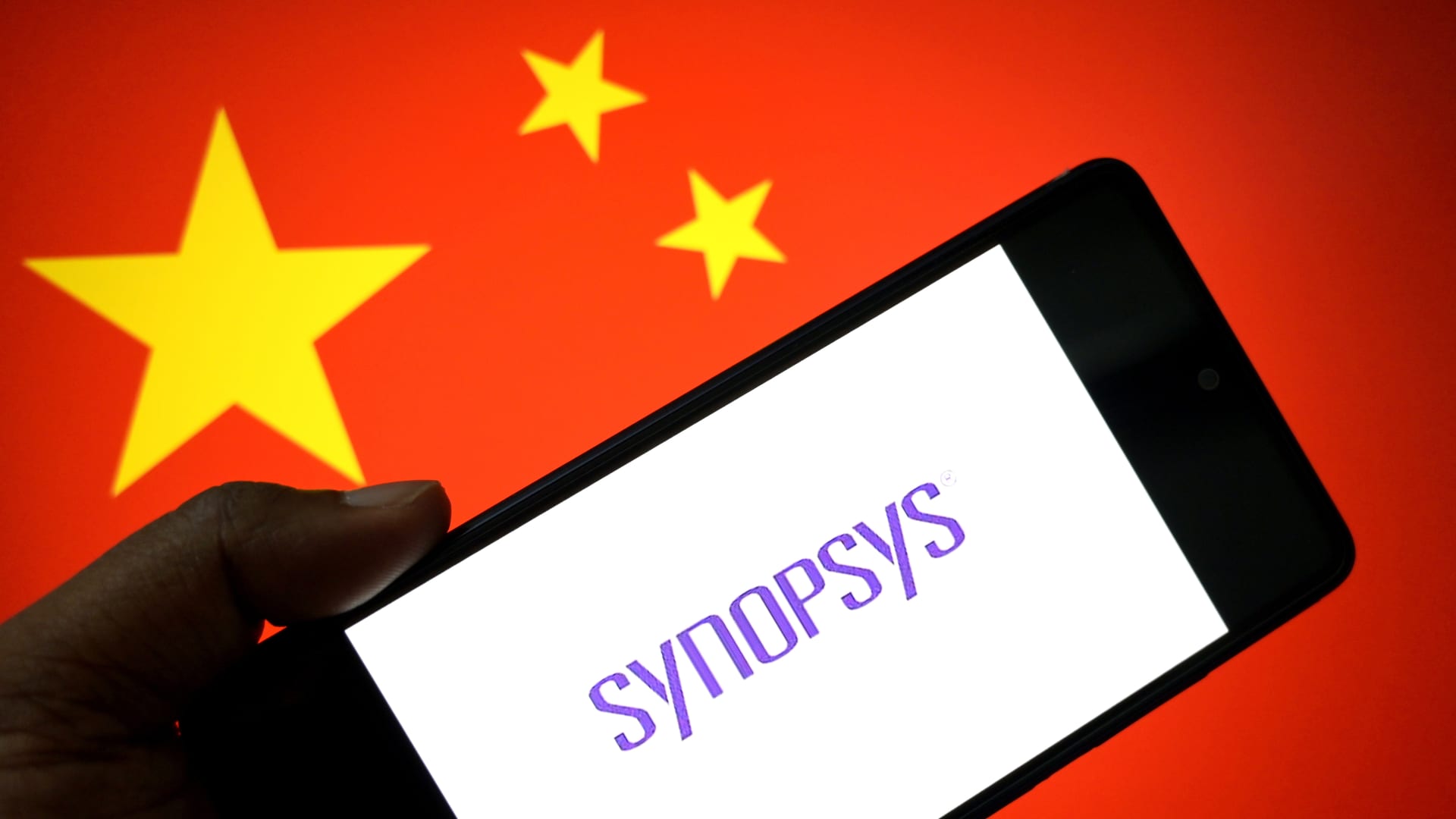The global semiconductor industry has long been a battlegred in the U.S.-China trade war, but the focus on electronic design automation (EDA) software in 2025 reveals new dimensions of this complex conflict. This critical segment of the semiconductor supply chain, often overlooked in broader trade discussions, became a flashpoint for tensions between the world’s two largest economies. The saga of chip design software restrictions and their subsequent reversal highlights the volatility of international trade relations in an era where technological supremacy is paramount.
The initial clampdown by the U.S. government sent shockwaves through the industry. Under the Trump administration, sweeping export restrictions were imposed on chip design software, chemicals, and other crucial goods bound for China. This move directly targeted China’s ambitions to develop a self-sufficient semiconductor industry, a capability viewed as essential for advancing technologies like artificial intelligence, 5G, and high-performance computing. The restrictions forced major U.S. companies like Synopsys, Cadence, and Siemens to halt sales and services in China, creating immediate financial repercussions. Synopsys, one of the top three EDA software providers in China, suspended its financial guidance, signaling potential significant losses. The impact extended beyond these companies, disrupting the global semiconductor supply chain and creating uncertainty for businesses reliant on chips designed with these software tools.
The reasoning behind this drastic action was clear: the U.S. aimed to stifle China’s technological progress. By cutting off access to essential design tools, the U.S. hoped to slow China’s advancements in critical technologies. This strategy aligned with broader U.S. policy objectives of containing China’s technological rise, viewing it as a strategic competitor. However, the ban had immediate consequences. Shares of chip design software makers plummeted as investors reacted to the news, underscoring the financial stakes of this geopolitical maneuver.
In a surprising turn of events, the restrictions were lifted just as abruptly as they were imposed. The U.S. government rescinded its export restrictions on chip design software to China, a decision announced by Synopsys and later confirmed by Cadence Design Systems and Siemens AG. This reversal was attributed to a trade truce between the U.S. and China, reached after intense negotiations in Geneva. The agreement included easing export curbs on technology, providing a glimmer of hope amidst escalating tensions. The news was initially greeted with relief by the semiconductor industry and investors, who saw the resumption of normal operations in China as a stabilizing force. However, this optimism was short-lived.
The trade truce proved to be as fragile as it seemed. President Trump accused Beijing of “totally violating” the tariff agreement, throwing the entire deal into jeopardy. China retaliated, and the brief period of détente quickly unraveled. This collapse raised serious questions about the reliability of trade agreements and the long-term prospects for U.S.-China relations. It also highlighted the inherent risks for companies operating in this highly volatile environment, where policy changes can occur rapidly and without warning.
Several underlying factors contributed to the cyclical nature of this trade dispute. Firstly, the U.S. and China are engaged in a fierce competition for technological supremacy, with semiconductors at the heart of this rivalry. The U.S. views China’s rapid advancements in this field as a threat to its economic and national security interests. Secondly, domestic political pressures in both countries play a significant role. The Trump administration’s hardline stance on trade with China was driven in part by a desire to protect American jobs and industries. In China, the government faced pressure to demonstrate its ability to withstand external pressure and achieve technological self-reliance.
Thirdly, the global semiconductor supply chain is highly complex and interconnected. Disruptions in one part of the chain can have cascading effects throughout the entire system. The U.S. export restrictions on chip design software not only impacted Chinese companies but also affected global businesses that relied on these tools. Finally, the lack of trust between the U.S. and China exacerbated the situation. Each side suspected the other of acting in bad faith, making it difficult to reach lasting agreements. This mistrust was fueled by concerns about intellectual property theft, cyber espionage, and other contentious issues.
The semiconductor software saga offers several valuable lessons for businesses operating in the global tech landscape. Geopolitical risk is paramount, and companies must carefully assess and manage the risks associated with operating in countries with strained relations. Diversification is key, as relying too heavily on a single market or supplier can be risky. Companies should diversify their supply chains and customer bases to mitigate the impact of unexpected disruptions. Compliance with export control regulations is non-negotiable, as failure to do so can result in severe penalties. Scenario planning is essential, and companies should develop contingency plans for various scenarios, including trade wars, sanctions, and other geopolitical events. Transparency and communication are crucial, as maintaining open communication with stakeholders is essential for building trust and managing expectations during times of uncertainty.
The fluctuating restrictions on chip design software serve as a microcosm of the broader U.S.-China trade war. This saga highlights the delicate balance between economic interests, national security concerns, and geopolitical ambitions. As the two economic giants continue to vie for global dominance, businesses operating in the tech sector must navigate a treacherous landscape of shifting policies and unpredictable events. The future remains uncertain, but one thing is clear: the semiconductor industry will continue to be at the forefront of this high-stakes geopolitical drama. The rollercoaster ride is far from over, and companies must remain vigilant and adaptable to thrive in this volatile environment.











